While dark matter’s enigmatic nature persists, Proca stars made of dark photons could help shed light on this cosmic mystery.
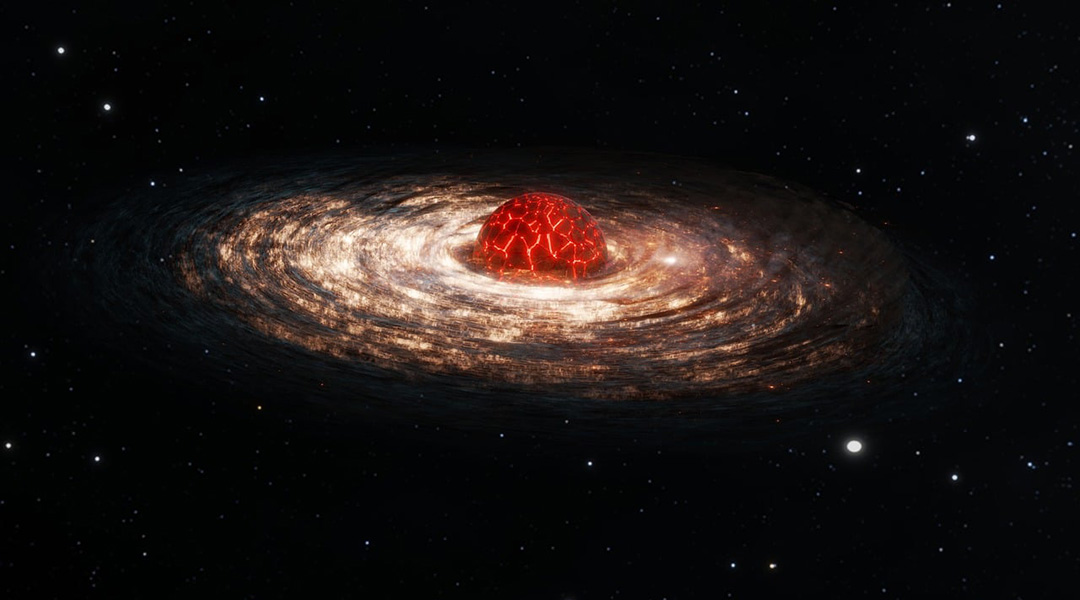

While dark matter’s enigmatic nature persists, Proca stars made of dark photons could help shed light on this cosmic mystery.
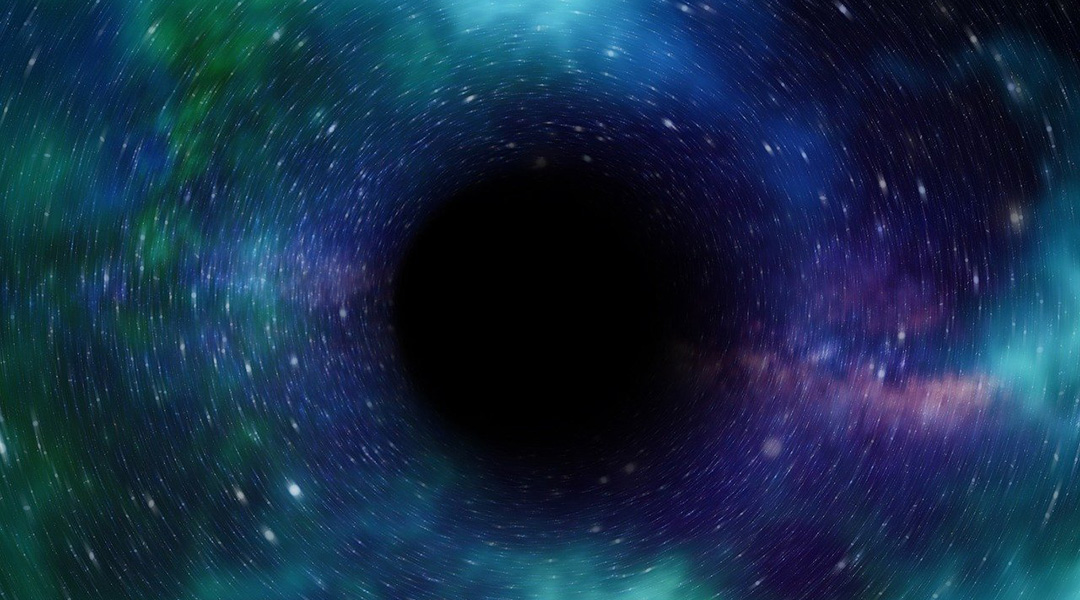
The new findings contradict most observations of supermassive black holes, making this an unprecedented discovery.
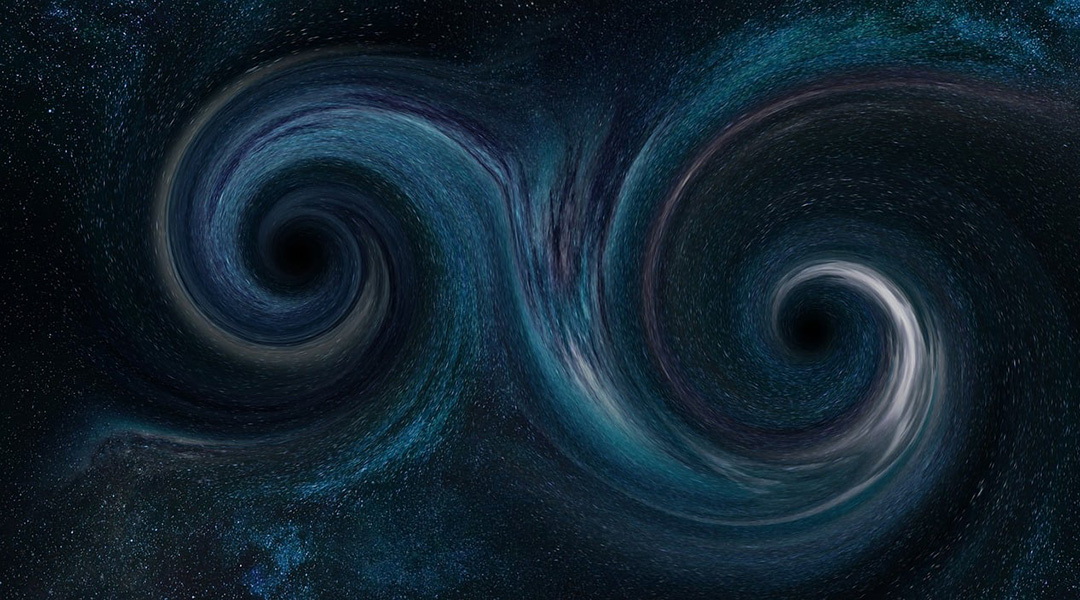
Gravitational waves could be the key to imaging elusive primordial black holes born in the first moments of our Universe.
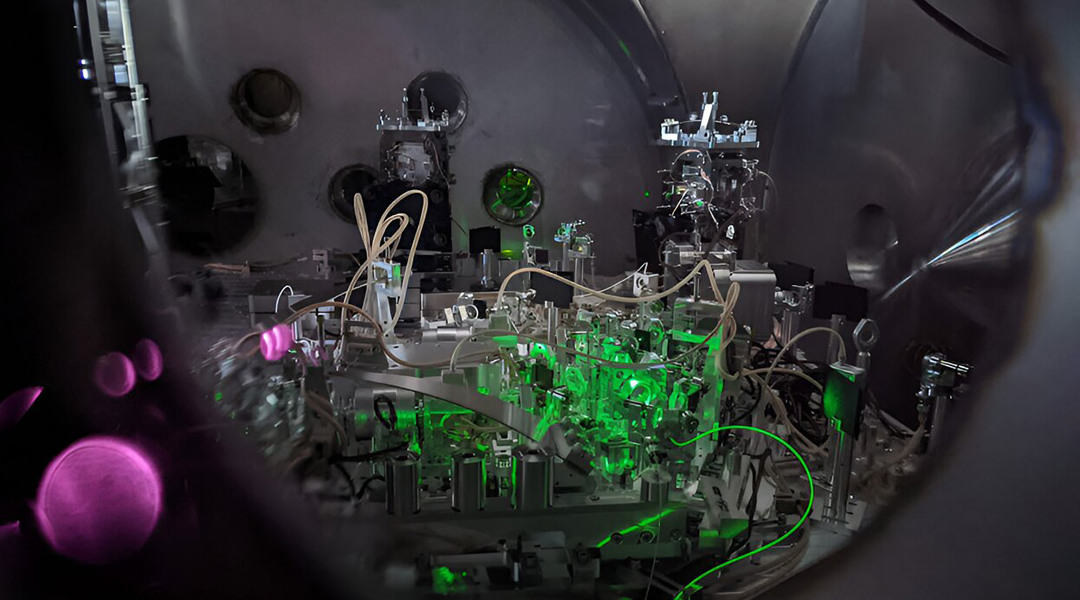
Physicists working on LIGO have surpassed the quantum limit to enhance gravitational wave detectors and revolutionize astrophysical observations.
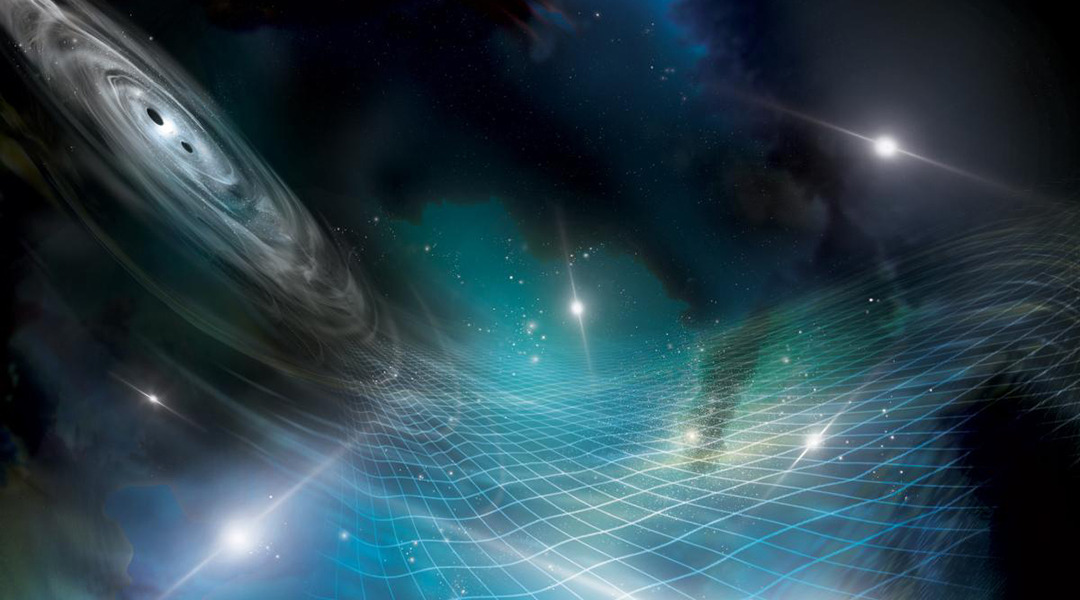
The universe is ringing with gravity, but humanity is only just beginning to hear the nuance of this cosmic symphony.
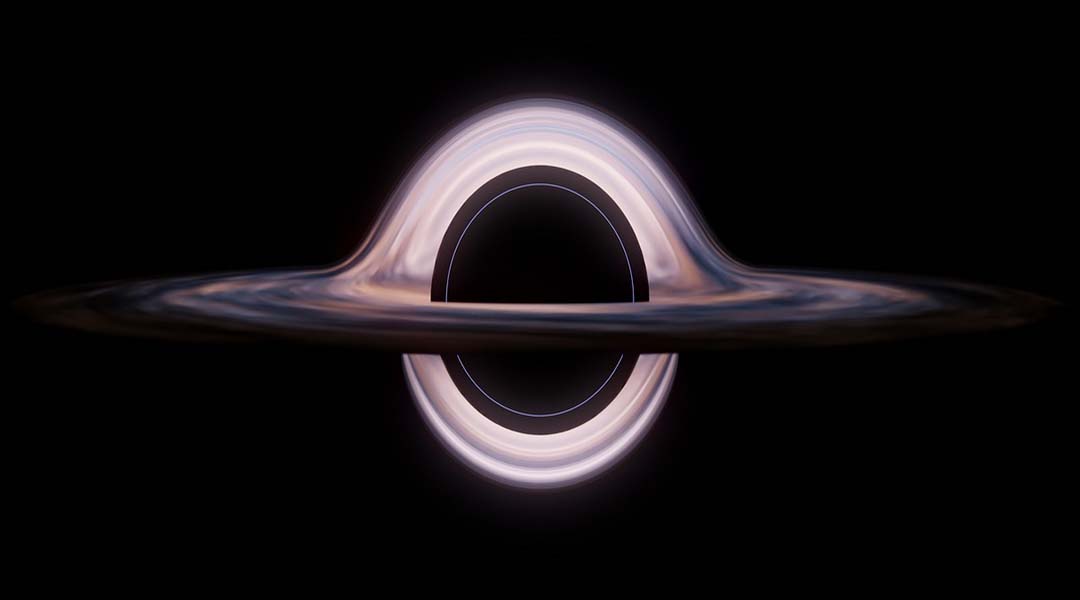
Astronomers looking at how black holes grow over time may have found the answer to one of the biggest problems in cosmology.
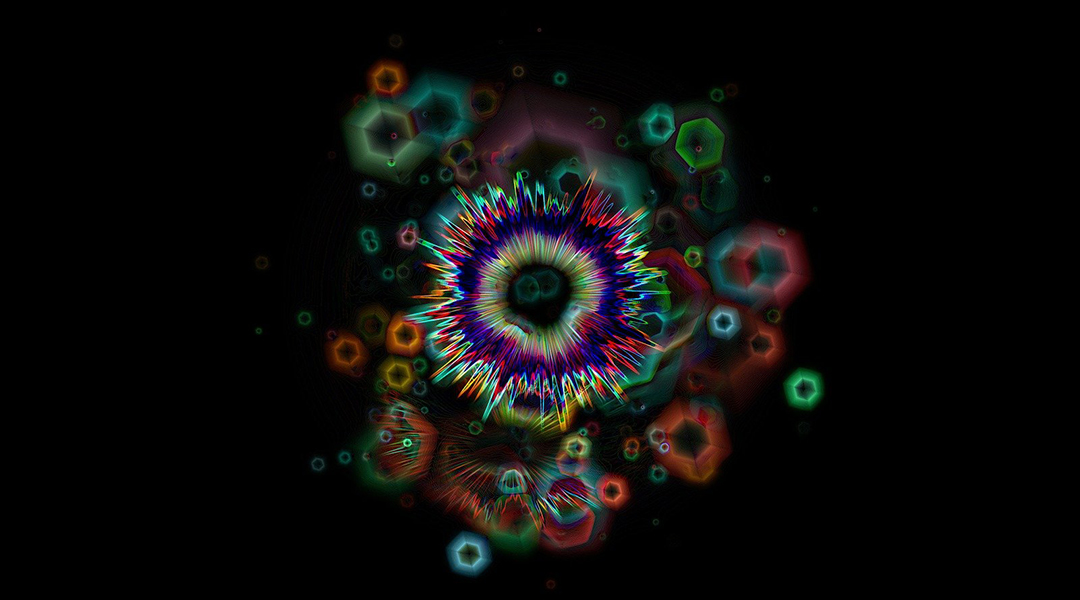
Quantum gravity seeks to describe gravity according to the principles of quantum mechanics, but can it be done?
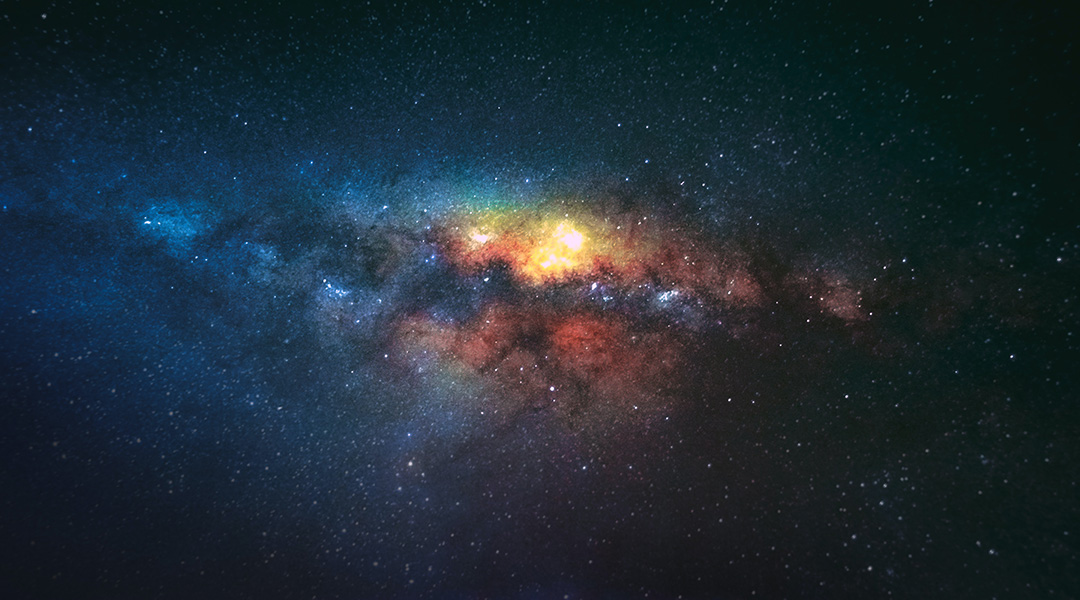
Using a new definition of galaxy size, astronomers have uncovered new, exciting findings about how they formed and evolved.
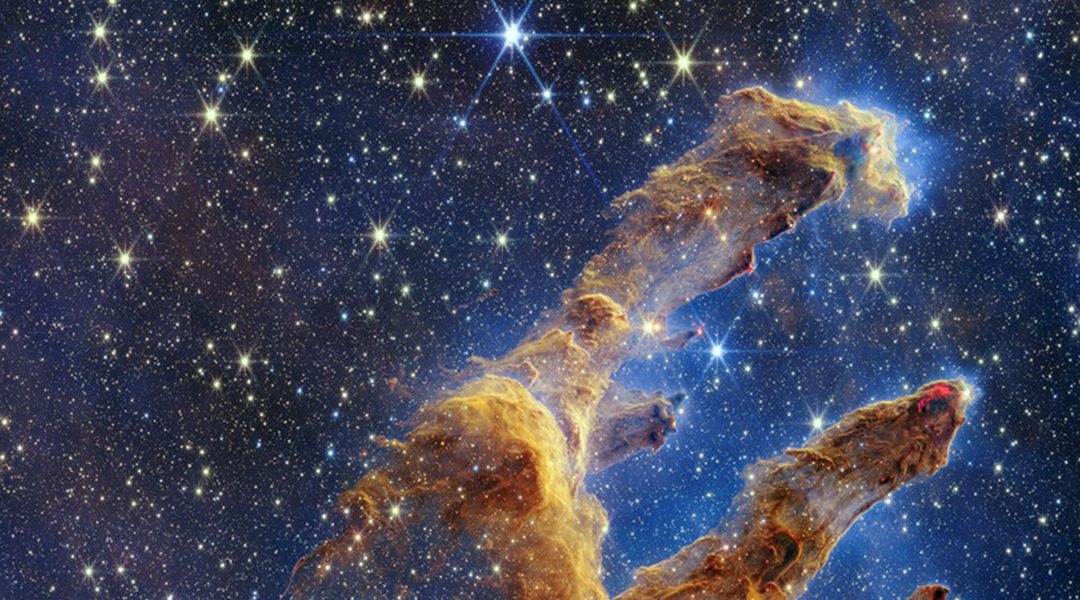
This month, NASA’s James Webb Telescope captured images of the Pillars of Creation in breathtaking detail.
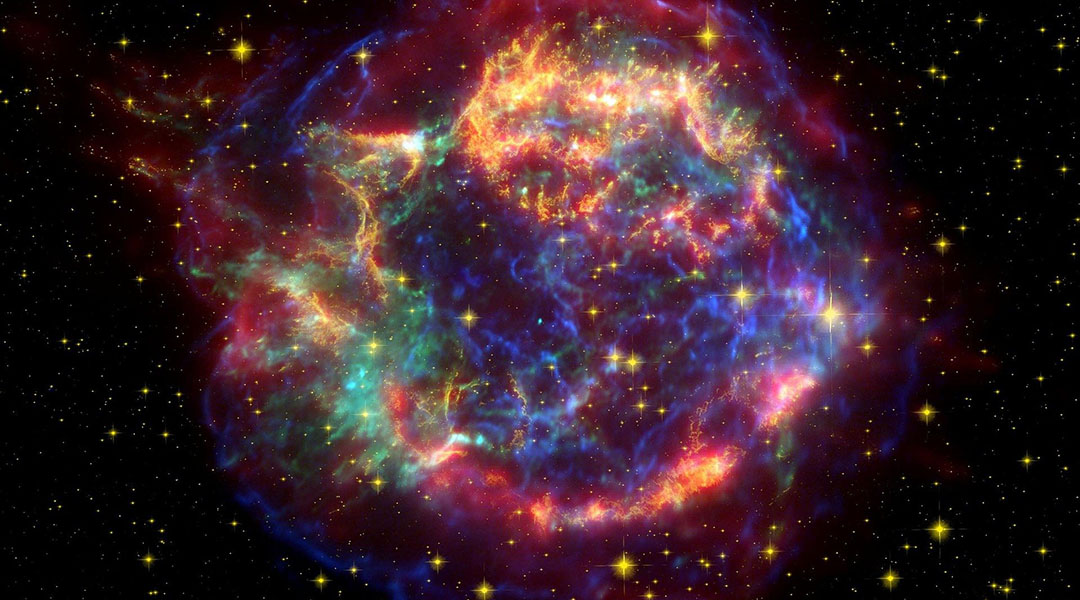
Researchers have found that supernovae explosions are preceded by observable radiation whose features should make it possible to distinguish the radiation of a future supernova from other light sources in space.